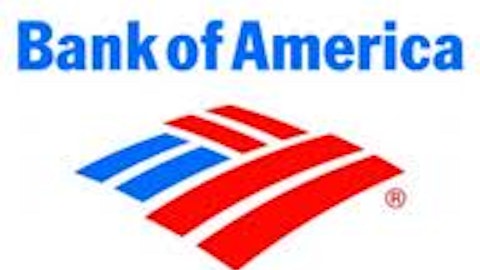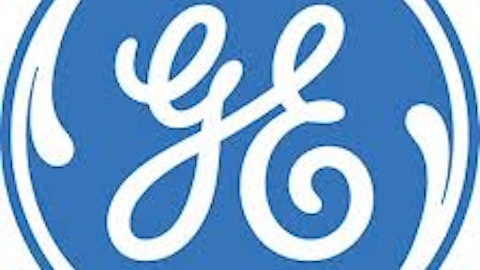Preferred stocks issued by banks are a good alternative to bonds in a portfolio. They provide a relatively high yield (5% to 8%) and will change little in value as the yield curve steepens.
Preferred stocks have characteristics of both stocks and bonds. They are like stocks because they trade on equity exchanges. They are like bonds because they pay a fixed dividend. Investors in preferred shares get no voting rights with the company though. Some preferred shares are callable which means that the company that issued them has the right to buy them back at a specific price whenever they want. Most bank preferred shares that trade today are callable and this is what makes them a good investment now.

Due to details within Basel III, the new bank capital requirements, preferred shares aren’t as beneficial to banks as they were before. In the past, banks issued many series of preferred shares to strengthen their balance sheets. Since there is less weight put on preferred shares in new regulations, banks are slowly buying – or calling – back the preferred shares they have issued. The call price on many of the instruments is $25. The expectation is that banks will, over several years, call back all of their preferred shares. The problem is that no one is exactly sure when they will be called. As a result, most of the issuances of preferred shares are trading within a few percent of their call value. Until the shares are called, the instruments will continue to receive the fixed dividends. Though since all preferred shares are issued slightly differently, check the prospectus for the specific series you are interested in investing in to make sure you understand the terms.
Like bonds, if the company goes bankrupt, the entire investment in preferred shares can be wiped out. I am confident that won’t happen to any of these large banks any time soon though because of the strenuous stress tests the banks are put through yearly. I am much more concerned about these preferred shares being called back soon.
Many of the issuances of preferred shares are trading at a level where the holder loses no money as long as 1 quarterly dividend is paid before the shares are called. This presents an opportunity because there are enough issuances of preferred shares outstanding for the banks that many of them won’t be called back for a year or more. As recently as October, Bank of America called several series of preferred shares back. I expect more announcements like this in the next few months because by April, banks should get their capital plans for the next year approved and several will probably want to buy back higher yielding preferred shares they have issued. Having the shares called could happen at any time for the existing shares but until then, investors will collect the dividend (often 6% to 8% annually) but will lose 1 to 2% of the purchase price of the shares when they are called. Since there is risk of the shares being called soon, the price won’t rise too far above the call value because investors are ready to sell these once the price is a couple percent above the call value. Also, the shares won’t fall too far below the call value because buying these below the call value presents a good opportunity for investors to make some money with little risk.
The market is valuing all of these companies as having roughly the same credit worthiness. This is evident because all of the preferred stocks trade at or just above $25, the par value of the shares. I think this is justified since all of the banks have to pass stress tests and are under very strict capital rules. So to choose which company or preferred issuance to buy, it’s best to consider all of the shares the same and look at the price relative to the call value. Try to pick up issuances that at least break even as long as 1 dividend is paid before the shares are called.
Here are a few examples:
The Bank of America Series J preferred stock currently trades around $25.29. It pays a fixed quarterly dividend of $0.453, with the next ex-dividend date of April 11. So as long as the series isn’t called before April 11, investors will earn the dividend. If the series is called before that date, roughly 1% of the investment is lost.
The Goldman Sachs Series B preferred stock currently trades around $25.30. It pays a quarterly dividend of $0.388 per share. The next ex-dividend date is April 23, so as long as the bank doesn’t call the shares before that date, the trade will be marginally profitable. If the shares are called before that date, just over 1% of the investment is lost.
For investors hunting for a bond alternative, bank preferred shares present a good opportunity for a moderate yield with little to no volatility.
The article Bank Preferred Stocks – A Good Alternative to Bonds originally appeared on Fool.com and is written by Adam Jones.
Copyright © 1995 – 2013 The Motley Fool, LLC. All rights reserved. The Motley Fool has a disclosure policy.




